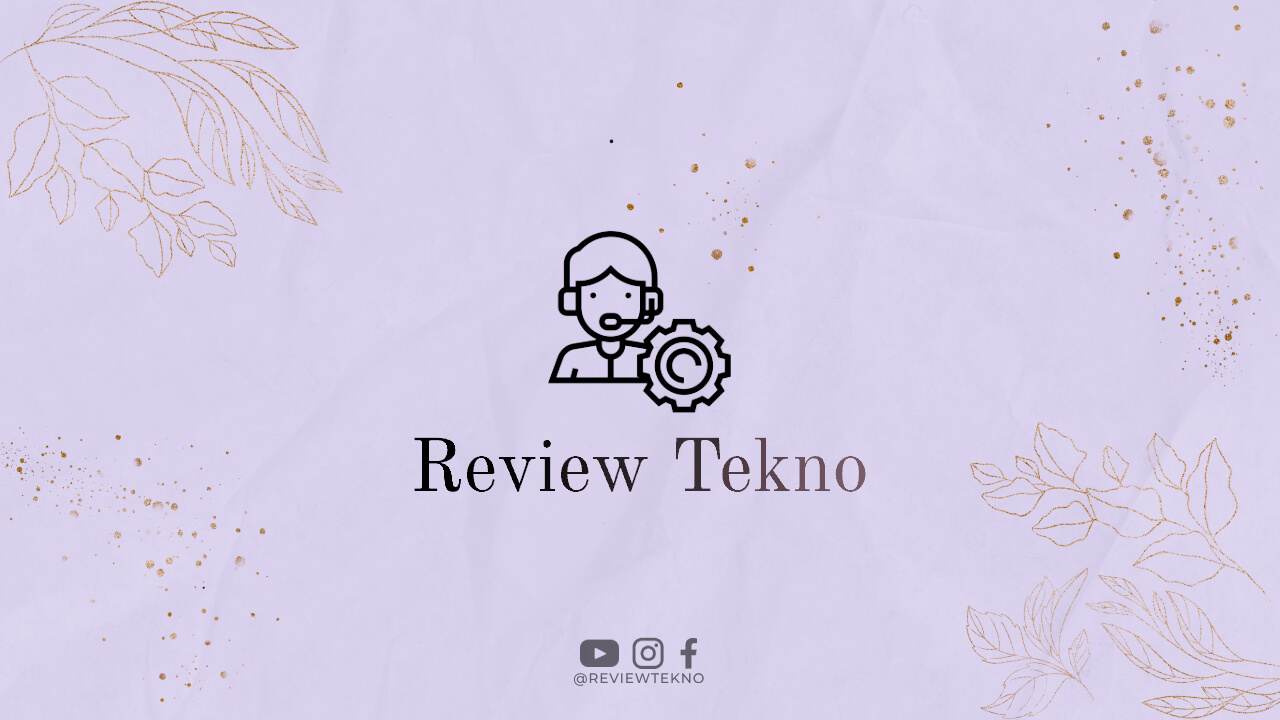What is a Reverse Mortgage?
A reverse mortgage is a financial tool that allows homeowners, typically those aged 62 and older, to convert a portion of their home equity into cash. Unlike traditional mortgages, reverse mortgages do not require monthly repayments. Instead, the loan is repaid when the homeowner sells the property, moves out, or passes away.
How Does a Reverse Mortgage Work?
When you take out a reverse mortgage, the lender pays you a lump sum, monthly installments, or a line of credit, depending on your preference. The loan amount is based on factors such as your age, home value, and current interest rates.
Over time, the loan balance increases as interest accrues and is added to the principal amount. However, you will never owe more than the value of your home when the loan becomes due.
Why Consider a Reverse Mortgage?
A reverse mortgage can provide financial stability, supplement retirement income, and help cover unexpected expenses. It allows you to tap into your home’s equity without having to sell or move out.
Moreover, reverse mortgages are non-recourse loans, which means the lender can only collect the loan repayment from the proceeds of the home sale. Your other assets and income are not at risk.
How to Find the Right Reverse Mortgage
When searching for the right reverse mortgage, it’s essential to consider the following:
1. Research and Compare Lenders
Start by researching reputable lenders who specialize in reverse mortgages. Compare their interest rates, fees, and customer reviews to find the most suitable option for your needs.
2. Understand the Loan Terms
Thoroughly review and understand the terms and conditions of the reverse mortgage. Pay attention to the interest rate, repayment options, and any fees involved.
3. Seek Financial Counseling
Before proceeding, it’s highly recommended to seek independent financial counseling. A counselor can help you understand the implications of a reverse mortgage and assess whether it’s the right choice for you.
4. Check Eligibility Requirements
Ensure that you meet the eligibility requirements for a reverse mortgage. These typically include being at least 62 years old, owning your home outright or having a significant amount of equity, and using the property as your primary residence.
5. Get a Personalized Loan Estimate
Request a personalized loan estimate from your chosen lender. This document will outline the loan amount, interest rate, fees, and estimated costs associated with the reverse mortgage.
6. Consider the Potential Risks
While reverse mortgages offer numerous benefits, it’s essential to consider the potential risks. These may include reduced inheritance for your heirs and the possibility of outliving the loan proceeds.
The Benefits of Finding the Right Reverse Mortgage
By finding the right reverse mortgage, you can enjoy several advantages:
1. Supplement Your Retirement Income
A reverse mortgage can provide a steady income stream, helping you cover daily expenses and enjoy a comfortable retirement.
2. Pay Off Existing Debts
Using a reverse mortgage to pay off high-interest debts can help alleviate financial stress and improve your overall financial situation.
3. Fund Home Improvements
Accessing your home equity through a reverse mortgage allows you to invest in home improvements, increasing the value of your property.
4. Manage Healthcare Costs
Medical expenses can be significant in retirement. A reverse mortgage can provide the funds needed to cover healthcare costs and long-term care.
5. Preserve Your Savings
By relying on a reverse mortgage, you can preserve your savings and investments, giving you peace of mind during retirement.
Conclusion
Finding the right reverse mortgage can be a valuable financial tool for seniors looking to unlock the value of their homes. By conducting thorough research, understanding the terms, and seeking professional guidance, you can make an informed decision that best suits your needs and goals. Remember, a reverse mortgage should be considered as part of a comprehensive retirement plan.

